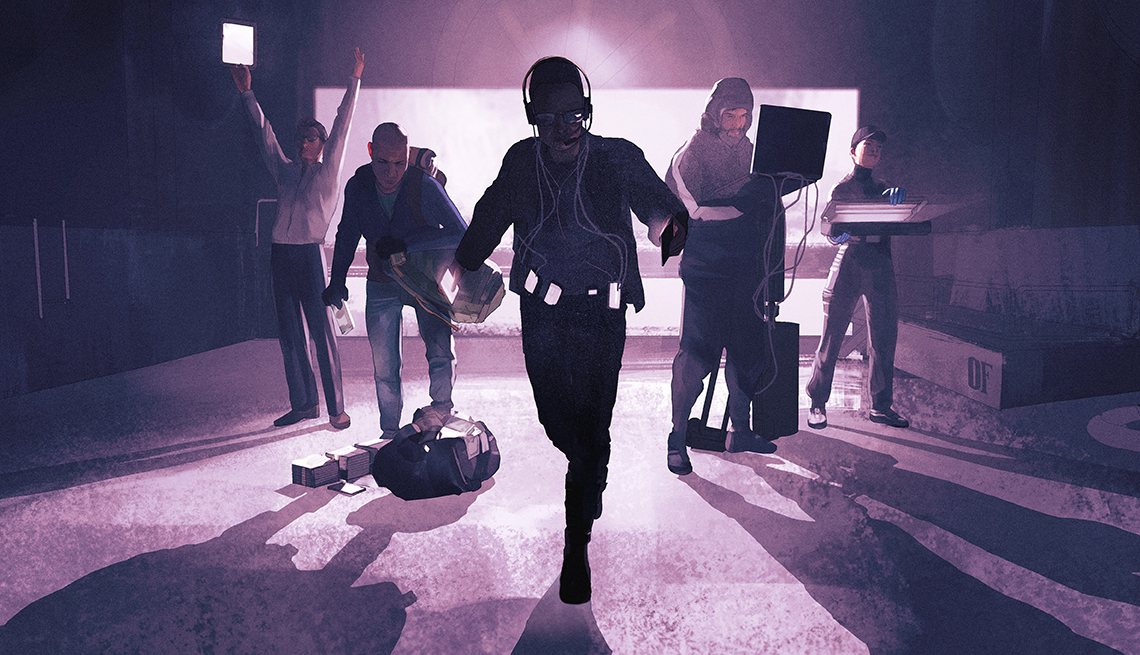Staying Fit
Just as any legitimate enterprise today requires tech expertise to keep computers and networks running, so do fraud enterprises. The difference, if you believe the movies, is that the person in charge of tech at a criminal operation would be a young, slightly crazy computer genius, able to type 200 words a minute and penetrate the Pentagon’s most secure computers in seconds, simply for fun.
As a former cybercriminal and current FBI consultant, I can attest that a few people like that do exist. Take Jonathan, a bright young man I got to know who actually broke into Pentagon computers before he was old enough to vote. He got in trouble for shutting down NASA computers for three weeks. After that, he joined a crew that went hard into credit card theft. Three years into it, he was arrested. Later he died by suicide.


AARP Membership— $12 for your first year when you sign up for Automatic Renewal
Get instant access to members-only products and hundreds of discounts, a free second membership, and a subscription to AARP the Magazine.
But most cybercriminals aren’t tech geniuses like Jonathan was; they’re good at basic skills and willing to learn.
- Kim, for example, was a middle-aged bookseller from Denver who must have read too many crime thrillers and “how-to” computer manuals. Relying solely on what he learned from books, he became a successful cybercriminal — until the law caught up with him. He spent four years in federal prison.
- Thomas had retired from a career as a mortgage officer before he decided there was easier money to be had from stealing over the web. He, too, ended up in prison.
- David was a career criminal — check-kiting was his bread and butter until he discovered it was easier to steal as a cybercrook.
- Albert was a kid from Miami with computer skills who became very rich before he was caught and given a 20-year prison sentence.
- Ray was a retired Army officer who didn’t begin his cybercrime career until he was 64.
- Shawn was an aspiring actor who was a natural at identity theft.
These are just some of the people I know who got caught. Most high-tech scammers don’t. But what we can learn from them is that there is no single profile of a cybercriminal — other than they are motivated by what they believe will be easy money.
What you can also take away from their stories is that the tech tools of criminality are relatively easy to find, buy and use. Order some computers and headsets, get top-grade internet service, buy and install the right software, teach your workers to use it and other online tools, and your boiler room can be up and running quickly.
The dark web
This underground part of the internet began as a project developed by the U.S. Navy to allow intelligence operatives to communicate with each other anonymously. Over time, the Navy made its Tor browser “open source,” meaning anyone could use the dark web, including you and me — and for free. That has proven to be a jackpot for criminals. Because of its ability to keep users anonymous, tech specialists train scam artists how to use it to communicate, share information, buy stolen goods and services, and plot criminal activities.




































































